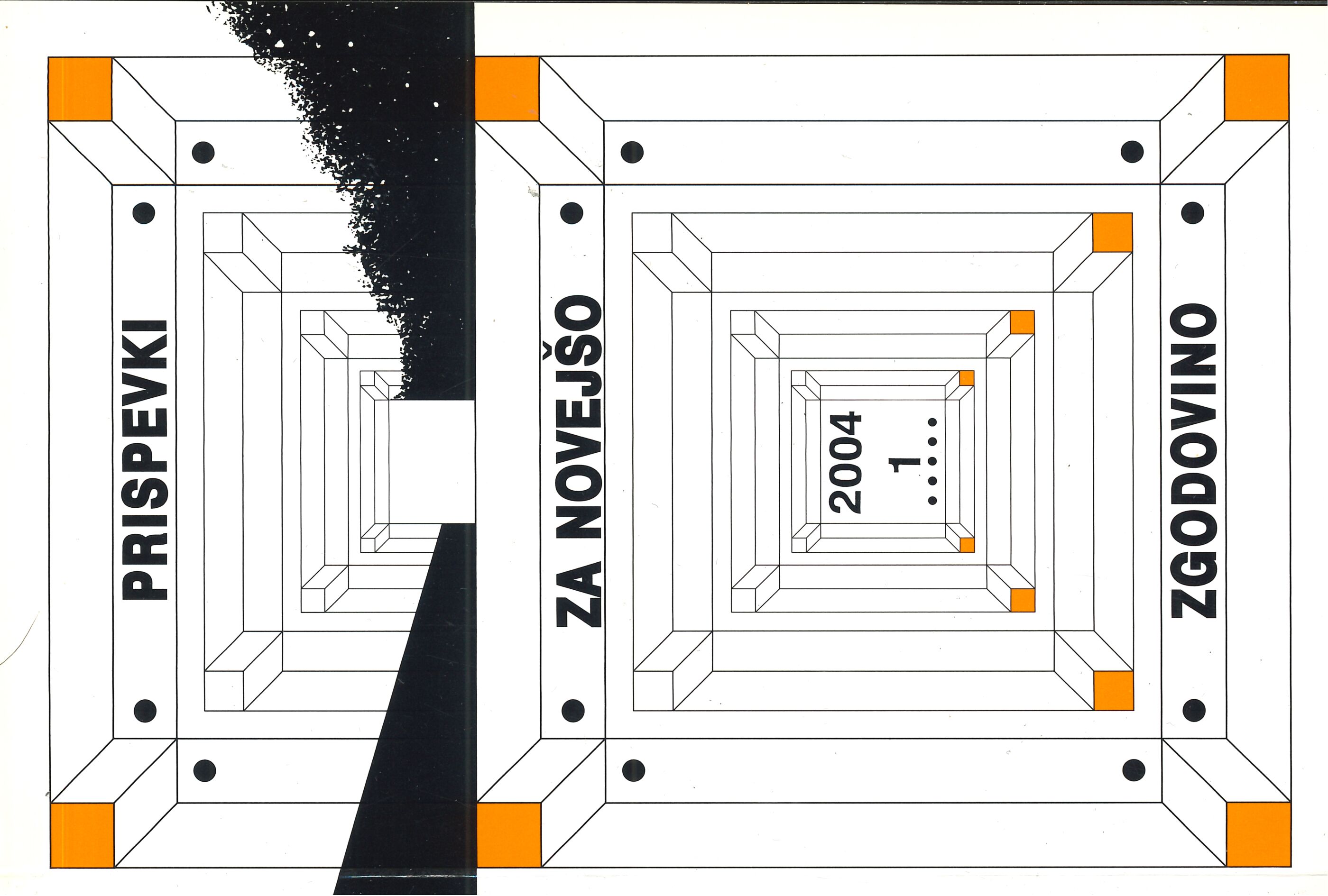The Development of the Military Judiciary of the Slovene Resistance Movement Between 1941 and 1945
Keywords:
Second World War, partisan army, National Liberation Army and partisan detachments in Slovenia, repression, justiceAbstract
The author analyses the main phases in the development of the military judiciary set up by the resistance movement in Slovenia in the years between 1941 and 1945, and their jurisdiction. At first, these military courts only operated periodically at detachment level, then as extraordinary courts, and from Autumn 1943 onwards as general regular courts with competence for both the members of the partisan units and the remainder of the public in all punishable cases. In Autumn 1944 the competence of the military courts was limited to military personnel and only certain criminal acts committed by civilians, especially war crimes, but also to those classified as "national enemies". Due to the federal structure of the new state, the military court system developed unevenly resulting in varying resolutions and urgent adjustments. The military court system also continued in the post-war period but with its competence reduced to military personnel and war related crimes in August 1945.
Downloads
Published
Issue
Section
License
Authors who publish with this journal agree to the following terms:
- Authors retain copyright and grant the journal right of first publication with the work simultaneously licensed under a Creative Commons Attribution License that allows others to share the work with an acknowledgement of the work's authorship and initial publication in this journal.
- Authors are able to enter into separate, additional contractual arrangements for the non-exclusive distribution of the journal's published version of the work (e.g., post it to an institutional repository or publish it in a book), with an acknowledgement of its initial publication in this journal.
- Authors are permitted and encouraged to post their work online (e.g., in institutional repositories or on their website) prior to and during the submission process, as it can lead to productive exchanges, as well as earlier and greater citation of published work (See The Effect of Open Access).


